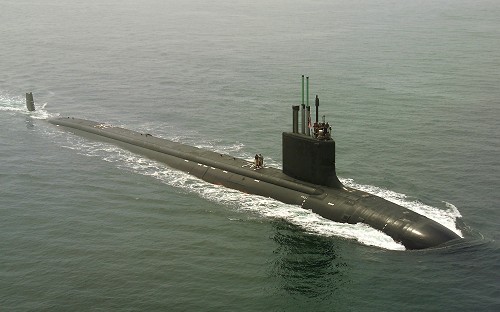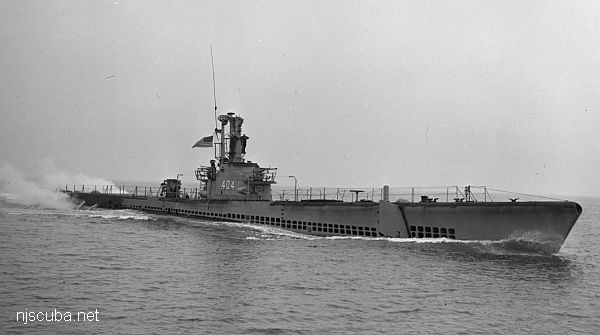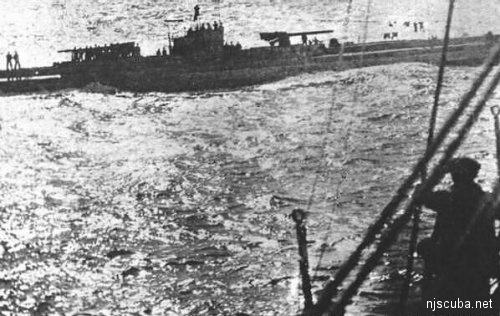Submarine
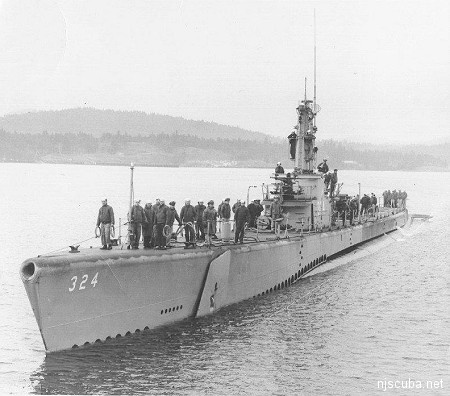
Everyone knows what a submarine is - a ship that can go underwater. Hardly needs any explanation. Unless you're in the US Navy. By the Navy definition, only their modern, nuclear-powered boats ( all submarines are called "boats" ) are true submarines, designed to operate beneath the surface almost indefinitely. Anything else is merely a "submersible", tied to the surface by the need for fuel and air. Whatever.
Submarines have a long history. Leonardo DaVinci sketched submarine vessels in the 1500s, but that's a far cry from actually building one. Both the North and the South experimented with submarines during the Civil War, although only the desperate South actually used theirs in combat - the famous Hunley. Submarine development continued in Europe during the later 1800s, with no really useful results.
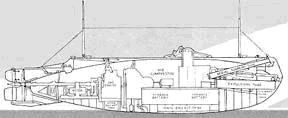
It was two Americans who separately built the first really practical submarines around the turn of the century, both right here in New Jersey. John Holland's 45 ft Holland IV, built in Elizabeth, became the SS-1, the first boat accepted by the US Navy for operational use. The choice was more for political reasons than any superiority of design. While the Holland functioned adequately above and below the water, Holland's methods for submerging, surfacing, and depth-keeping were clumsy. The perfection of diving and underwater control was left to Simon Lake, who began his work in Keyport, later in Toms River. Lake's submarine designs were much more advanced than Holland's, and Simon Lake should really be considered the father of the modern submarine. However, although the Navy eventually bought several of Lake's submarines as well, their early preference for Holland has enshrined his name with that title. Lake spent his later years and much of his fortune vainly searching for the wreck of the HMS Hussar and its sunken treasure in the 1930s.
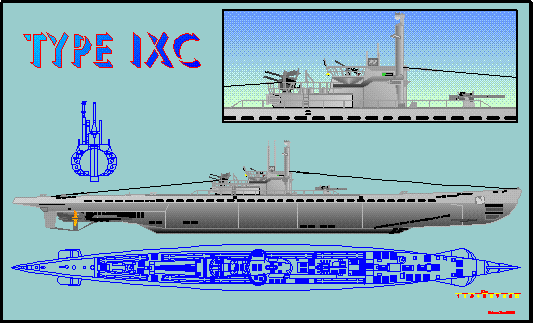
None of these early submarines were practical as weapons of war - they were small, short-ranged, and extremely slow. In addition, these early subs lacked periscopes for underwater navigation and targeting, and like the Hunley, they carried primitive weapons that were at least as dangerous to themselves as to any enemy. All that changed during World War I with rapid advances in submarine technology and weapons, mainly in Germany. ( see U-151 ) these advances continued through World War II, when German U-boats were the scourge of the Atlantic, operating right up to our coast, sinking hundreds of ships over the course of the war. Similarly, long-ranged American submarines prowled the Pacific, eventually sinking almost every Japanese merchant vessel. While the Germans ultimately lost the Battle of the Atlantic, the Americans certainly won the "Battle of the Pacific." After the war, advanced technology captured from the Germans, who were again at the forefront of submarine development, was combined with nuclear power to produce what the Navy now considers to be the true submarine.
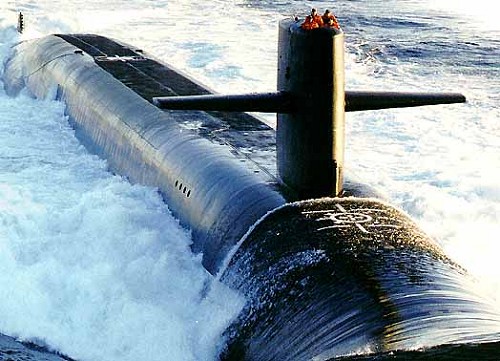
Ironically, modern submarines carry such fearsomely destructive arsenals that they no longer even bother to target surface ships. Instead, their primary mission is now to hunt each other.
